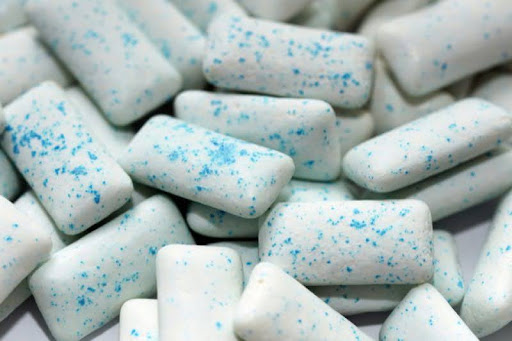Viruses, Dead or Alive?
Can we define life? In other words, can we categorize life into a few set ideas that encompass all living things? I only ask because it has come to my attention that the microscopic virus that has been plaguing us for almost two years now may not even be alive. I am talking, of course, about the Coronavirus. While I hate to bring it back into your mind, I honestly doubt it ever left.
Viruses are confusing; they cannot reproduce on their own, they can mutatate at an exceptional speed, and they don’t conduct any metabolic processes to sustain themselves. But they move, they contain genes, and they can keep themselves in a state of… undeadness? I am unsure of what to call the condition it keeps itself in while it quickly takes over an organism’s cell. During a meeting of NASA scientists in 1992, a definition for life was agreed upon: “Life is a self-sustained chemical system capable of undergoing Darwinian evolutions.” As I’ve already mentioned a little bit, viruses don’t exactly fit the idea of a “self-sustained chemical system” since they need another organism to survive and reproduce. But this definition may not be the most accurate. Hungarian biochemist Albert Szent-Györgyi claimed in a lecture in 1947, “One rabbit could never reproduce itself… and if life is characterized by self-reproduction one rabbit could not be called alive at all.”
Okay sure, Albert, but we aren’t really talking about a single rabbit. We are technically talking about the animal family of rabbit; so yes rabbits as animals can reproduce through sexual reproduction between two of the same species of rabbit. So yeah, and I thought that this is where my article would end, viruses are not alive and the definition of life is clearly outlined by those NASA biologists. But this is simply untrue. There is a fish called the Amazon Molly, and it is weird. So weird that it’s actually a species of only female fish that basically asexually reproduces without any lack in diversity. “While the female species does need exposure to male sperm of a related molly species, that sperm only activates female egg production, with no DNA contribution to the offspring” (texasstate.edu). This fish is very much alive in the way all other animals are alive; it just reproduces in a… different way. And viruses are quite similar, I would argue. They have the same goal to reproduce and they achieve that goal even if it doesn’t do it the same way all other organisms do.
Still there are some other factors: a virus isn’t made of cells, or have homeostasis, or undergo any metabolic processes, and when one just thinks about it, viruses are more like machines than they are a living organism. A machine with a purpose, with a goal to reproduce itself and keep its kind around. So if they are not alive then what are they? Are they simply some very weird particles that float about without real purpose? Or maybe they are something in the middle, a thing somewhere right on the cusp of life but not yet truly alive. Something incapable of surviving on its own but the fact that it survives at all means that it isn’t dead.

Additional Sources
https://askabiologist.asu.edu/questions/are-viruses-alive
https://www.sciencenews.org/article/viruses-alive-coronavirus-definition
https://www.txstate.edu/research/story-archive/2018-stories/amazon-molly-genome-research.html

